|
Key Takeaways: |
|
- First, we must understand the need for proper winter running gear in Australia. - Everything you need to know about winter running gear. Get ready with our checklist, and use this checklist to buy more proper products for yourself. - In addition to the right winter running gear, we provide advice on running itself, which will support your running experience. - We recommend Jackery Explorer 300 Plus and 600 Plus to charge different running and personal electronics effectively. |
Why We Need the Right Winter Running Gear?
Winter jogging has numerous well-established advantages, such as increasing metabolism and lowering the emotional effects of the season. It has also been demonstrated that running outdoors improves mental health, particularly in the colder months.
In Australia, winter officially lasts from the beginning of June until the end of August. Australia's large size and geographic variety mean that different parts of the nation have different winter experiences. While the winter months are warmer in northern regions such as Queensland and the Northern Territory, the winter climate in the southern sections is more typical, with lower temperatures and snowfall in certain places.
Winter running in Australia may present many challenges. From June to August, you may have to deal with everything from rain to strong winds, extremely low temperatures, snow, or ice (and perhaps a mix of all five).
So, it's vital to have a variety of winter running clothes in your closet. These items might be the difference between enjoying a pleasant workout and stopping your run short to go inside your warm house.
Whatever your running experience level, the significance of owning the appropriate winter running gear cannot be emphasised. Your gear and your performance also impact your running comfort and motivation. It would help if you had the proper equipment to run in the winter and be warm, cozy, and safe.
Download the Winter Running Gear PDF Checklist >>
Guide to Winter Running Gear
Running in the Australian winter offers a unique and refreshing experience that can redefine your fitness journey. As temperatures drop and the landscape transforms, the colder months present an ideal backdrop for runners of all skill levels to explore new routes and join vibrant running communities.
Whether you're a seasoned marathoner or just lacing up your shoes for the first time, winter running invites you to embrace Australia's crisp air and scenic beauty. This section will provide you with an essential winter running gear list.

When choosing your winter running gear, keep an eye out for these key features:
- Insulation: Look for gear that provides adequate insulation to keep you warm without causing overheating. The right amount of insulation will depend on the temperature and your preference.
- Moisture-Wicking: Choose clothing that draws moisture away from your skin to stay dry and comfortable. This will help you control your body's temperature and ward off colds.
- Windproof and Waterproof: Look for clothing that will protect you from the weather, such as shoes or coats that are both windproof and waterproof. This will shield you from the wind, rain, and snow while keeping you dry.
- Reflective Details: Running in darker winter conditions can be dangerous, so choose gear with reflective details to enhance visibility. Look for jackets, shoes, and accessories with reflective strips or logos to make you more visible to drivers and pedestrians.
Remember that purchasing top-notch winter running equipment is an investment in your comfort and safety. Remain active and take advantage of the wonderful outdoors despite the frigid weather. With the correct equipment, you can continue working towards your running objectives all year.
|
Winter Running Gear Checklist |
||
|
Running Tights |
Insulated Running Jackets |
Winter Running Shoes |
|
Running Gloves |
Hats |
Moisture-Wicking Socks |
|
Beanie |
Cover Ears |
Headlamp |
|
Water Bottle |
Goggles |
Earphones |
The basics of winter running gear include thermal running tights, insulated running jackets, winter running shoes, running gloves and hats, and moisture-wicking socks. These items provide the necessary protection and insulation to brave the cold weather and keep you comfortable throughout your run.
Thermal running tights are a must-have for winter running. They are made from a unique fabric that traps heat close to your body, keeping your legs warm and preventing muscle stiffness. Insulated running jackets are designed to keep the cold air out and the warmth in. To shield you from the weather, they frequently have an outer layer that is waterproof and windproof.
Running shoes made especially for the winter months offer superior grip on slippery or snowy terrain. They frequently contain a waterproof coating to keep your feet dry and have a more aggressive tread pattern. It is imperative to wear helmets and running gloves to protect your extremities from the cold. Seek touchscreen-compatible gloves so you may continue to use your smartwatch or phone without taking them off.
Moisture-wicking socks are essential for winter jogging. Because of the synthetic materials used to make them, perspiration is drawn away from the skin, keeping your feet dry and avoiding blisters. Investing in a quality pair of moisture-wicking socks is crucial since wet feet in cold weather can cause pain and even frostbite.

Your running clothes are closely related to your running speed and the temperature of the day, and you need to make adjustments at any time:
When It's at Least 10°C
On the lower part, a pair of lightweight running shorts or tights will work well for a leisurely jog. If your arms become chilly quickly, wear a long-sleeve base layer over a short-sleeve running t-shirt. If the weather seems erratic, pack a windbreaker or waterproof layer. The same rules apply to a fast and slow run, but you may leave the extra layer at home unless it rains.
In the Range of 5°C to 10°C
For a leisurely pace: Some people decide to go from shorts to tights at this time. If the weather is dry, wearing a gilet over a technical base layer will give extra warmth; otherwise, you may leave the home in a lightweight, waterproof running jacket. This might also be the time to add a thin glove to your winter running gear.
For a quick sprint, when it gets below ten °C, you might want to put on some lightweight tights to cover those exposed legs. A long-sleeve technical base layer will be sufficient to cover your upper body, but you should bring an extra wind—and water-resistant layer just in case.
In the Range of 0°C to 5°C
For a leisurely jog, A long-sleeve technical base layer, windproof jacket, and winter running tights will protect you from the worst weather. It's also the perfect time to accessorise your limbs; a hat will keep the cold off if you don't have much hair on top of your head, and gloves and a circular scarf are essentials.
For a quick sprint: If you're running hard, a lightweight tight will still provide adequate warmth, and a long-sleeve technical base layer and gilet will let you stay warm without going overboard. Gloves will come in useful no matter what you do.
If It's Less Than 0°C
For a leisurely run, Your last line of defence will still be your thermals (jacket and tights), but you may want to consider layering a second long-sleeve top over your base layer. A circular scarf and gloves are also essential. You're more likely to run on slick surfaces in these conditions, so choose footwear with plenty of traction, such as trail running shoes.
For a quick run, thermal tights, a long-sleeve technical base layer, and a heavy winter-specific jacket are recommended. Gloves are a must, and you can adjust a circular scarf mid-run to cover any chilly areas of your head or neck.
Moreover, visibility is crucial because you'll likely jog after dark throughout the winter. If you're jogging in low light, use luminous gear and put on a head flashlight. Make sure you run toward approaching traffic to observe it.
Jackery Portable Power Stations for Winter Running
Wearing the appropriate clothing, such as insulated gloves or thermal leggings, will help you stay warm and comfortable when running in the winter. Besides, Jackery Portable Power Stations are ideal for charging heated clothing or personal safety lights for athletes who practice in isolated locations or during the colder winter months.
Jackery is small and lightweight, ensuring your equipment is powered so you can concentrate on performing. Running in the cold becomes smooth and fun when Jackery is beside you.
Jackery Explorer 600 Plus
Power your winter running sustainably with the Jackery Explorer 600 Plus Portable Power Station. This compact and portable unit weighs just 7.3 kg yet packs a punch with an 800W output and 632Wh capacity. It's an ideal choice for eco-conscious users, offering whisper-quiet operation (≤22dB) and emission-free performance, perfect for winter running.
Charge up fast with versatile options: a full recharge takes just 1.6 hours via wall outlet or 4.3 hours with dual SolarSaga 100W panels. Activate the Emergency Super Charging Mode via the Jackery app to achieve a full charge in just 1 hour, ensuring you're always prepared for unexpected power needs.
With UPS functionality and a long-lasting LFP battery (4000 cycles), the Explorer 600 Plus prioritises safety and reliability. Its shockproof and fireproof design and high-level safety certifications make it the ultimate eco-friendly power solution for winter running.

- High-Level Outdoor Durability
- 800W Output / 632Wh Capacity
- Weighs just 7.3 kg (16.1 lbs)
- Full Charge in 1 Hour with Emergency Super Charging Mode
- LFP battery with a 4000-cycle lifespan
- UPS functionality with a switch time of less than 20ms
|
Jackery Explorer 600 Plus Working Hours for Winter Running |
|
|
Phone (29W) |
27 Times |
|
Earphones (65W) |
7.8H |
|
Headlamp (10W) |
50.6H |
|
Electric Hand Warmer (20W) |
25.3H |
Jackery Explorer 300 Plus
It introduces the Jackery Explorer 300 Plus Portable Power Station, a small, cutting-edge gadget for fueling daily excursions. The 300 Plus offers a dependable, portable, multipurpose energy source thanks to its sturdy construction and lightweight design. At just 3.75 kg, it is the ideal running partner because it fits easily into your bag.
With its 288Wh capacity and 300W output, this portable power station can charge various gadgets, including electric hand warmers, smartphones, and small appliances. Thanks to the dual USB-C ports' 100W fast-charging capacity, multiple devices can be charged simultaneously. Its flexibility shines with four charging methods: harness solar energy, plug it into a wall outlet, use a carport, or charge via USB-C. You'll have access to convenient, efficient power no matter where you are.
The Explorer 300 Plus is more than just a power station—it's a sustainable energy solution. Its whisper-quiet operation and zero emissions make it eco-friendly and ideal for off-grid living. Its durable LFP battery ensures a lifespan of 10 years with over 3,000 cycles to 80% capacity, setting a high standard for longevity and reliability.
The 300 Plus features advanced ChargeShield Technology, designed with safety in mind. It protects you and your devices from potential risks. Experience unparalleled convenience and performance with this all-in-one portable power station.

- Portable: 12.8V/22.5Ah/3.75Kg
- Long-lasting: Features an LFP battery with a 10-year lifespan.
- Ultra-Safe: High FCC/CE and UL certifications, innovative ChargeShield Technology (52 forms of protection).
- Sustainable: Whisper-quiet, emission-free, and offers 4-way charging (solar, mains, car lighter, type-C).
|
Jackery Explorer 300 Plus Working Hours for Winter Running |
|
|
Phone (29W) |
13 Times |
|
Earphones (65W) |
3.7H |
|
Headlamp (10W) |
24H |
|
Electric Hand Warmer (20W) |
12H |
Tips for Winter Running
If you have the right cold-weather running gear, getting out of your car and onto the trail will be easier. With the right mindset and some fun and valuable new accessories, you can keep training all year and enjoy the benefits of breathing fresh air, no matter how cold or dark.
This year, we added some tried-and-true favourites to the lineup, remembering how vital articulation is for layering and how important range of motion is for everything from snowy trail runs to tempo runs on icy sidewalks.

Tip 1: Keep Safe
Winter means shorter days and less light. That means visibility for runners decreases, making running on uneven surfaces such as grass or trails more difficult. It also means that other people can't see runners as well as in different conditions – whether they be other runners, cyclists, pedestrians, or motorists. Some quick tips:
- Be more conscious of your surroundings.
- Seek out better-lit running locations.
- Wear brighter rather than darker, choosing coloured running gear.
- Consider your running course – running familiar loops can help with your awareness of the environment.
Tip 2: Warm Up
Cold muscles are more prone to injury, so make sure you warm up before you start running. Spend a few minutes doing dynamic stretches like leg swings and lunges, and begin with a slow, leisurely pace before ramping up to your average speed. Ideally, warm up inside first so you're not tempted to wear too many layers when you leave the house, only to overheat and remove the layers shortly after.
Tip 3: Breathe through Your Nose
Breathing through your nose is crucial when it's icy outside. In addition to warming and moisturising the chilly air, our noses also remove dust and debris. It's better to breathe through your nose both in and out because your breath heats and lubricates the mucous membranes as you exhale. Conversely, if you exclusively breathe in via your nose, you deprive those membranes of moisture and heat.
Tip 4: Pay More Attention to Hydration
Even though it's sometimes forgotten, staying hydrated is crucial in summer and winter. It's simple to underestimate how much hydration you need in cold weather since it might lessen your feeling of thirst. Start by drinking water before your run to ensure you're well-hydrated. Maintain your usual summer approach to hydration – whether drinking from water fountains on the run, carrying a water bottle, or using a hydration pack to sip water during your run – especially if you're going longer distances.
Electrolyte drinks can also be beneficial for replacing essential minerals lost through sweat. Post-run hydration is crucial—rehydrate with water or a recovery drink to aid muscle recovery. Remember, just because it's cold doesn't mean you're not sweating. An example is when your face feels covered in salt after a run—a result of the electrolytes you've sweated.
Tip 5: Consider Other Weather Factors
In windy and rainy conditions, you should consider the "wind-chill factor ." The temperature might change significantly as the wind picks up outside. Therefore, consider what the temperature "feels like" while deciding what to wear for a run. If it feels like eight degrees outside but the actual temperature is fifteen, you should add five to ten degrees to the lower temperature. This will protect you from wind variations and keep you warm.
Winter Running Gear FAQs
The following are the frequently asked questions about the winter running gear.
1. What temperature is too low to run in?
Although running in the cold might be stimulating, it becomes dangerous when the temperature drops below 0°F (-18°C). Frostbite and hypothermia are far more likely at these temperatures, mainly if there's wind or you're not wearing appropriate clothing. With the proper equipment, most runners can tolerate temperatures of up to 20°F (-6°C), but anything lower can be uncomfortable or deadly.
2. How do you keep your lungs from burning when running in the cold?
When jogging in chilly weather, consider inhaling through your nose or warming the air with a scarf or buff to keep your lungs from burning. Maintaining warm, moisture-rich air quality is as crucial as feasible since the chilly, dry air might aggravate your respiratory tract.
3. How do you warm up your lungs before running?
Light aerobic workouts can gradually boost your heart and breathing rates and warm your lungs before jogging. Focus on deep, regulated breathing and begin with fast walking or mild running. Breathing exercises like pursed-lip or diaphragmatic breathing can also assist your lungs and airways in getting ready for the demands of running, particularly in the winter.
4. How do you step chest burn when running?
A few things might induce chest burning during running, such as chilly air, dehydration, or improper breathing techniques. To stop it, avoid eating a big meal just before you run, and make sure you're adequately hydrated.
Concentrate on breathing slowly and deeply while engaging your diaphragm to increase oxygen intake and lessen lung strain. Wear a scarf or mask over your mouth and nose when jogging in chilly weather to warm your breathing. Another way to gradually alleviate the burning feeling is to increase your jogging speed gradually.
5. Why do I struggle to breathe when running?
Struggling to breathe when running can be due to a lack of proper conditioning, poor breathing technique, or environmental factors like cold weather or high humidity. If you're new to running or returning after a break, your cardiovascular system might need to be fully adapted to the demands of running, leading to breathlessness.
Additionally, shallow or rapid breathing can make it harder to get enough oxygen. To improve, focus on rhythmic breathing, inhaling and exhaling steadily, and gradually building up your running endurance.
Final Thoughts
It would help if you had the proper equipment to run in the winter and be warm, cozy, and safe. Ensure you get moisture-wicking socks, thermal running tights, insulated running jackets, winter running shoes, gloves, and headgear.
When selecting winter running gear, remember to look for moisture-wicking capabilities, windproof and waterproof construction, reflective accents, and insulation. Take good care of your equipment by cleaning and storing it according to the proper procedures and replacing it as needed. Even in the winter, you may continue to get the benefits of jogging if you purchase the appropriate equipment online.

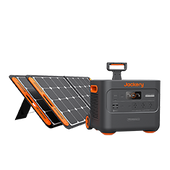
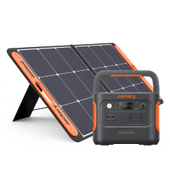
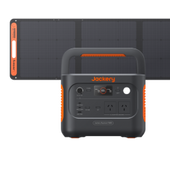
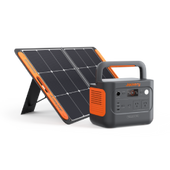
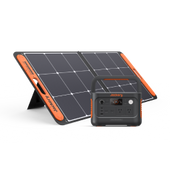

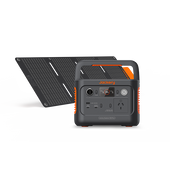
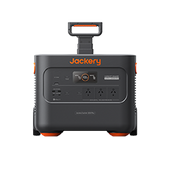
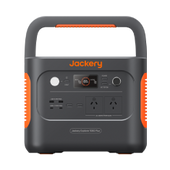
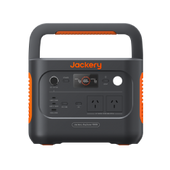
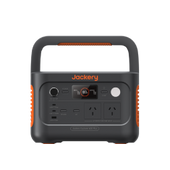
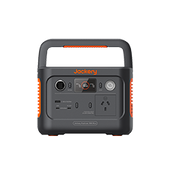
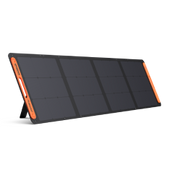
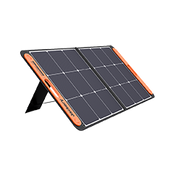

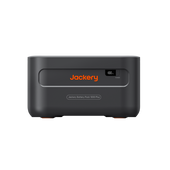
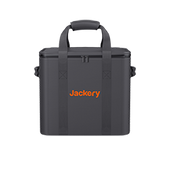
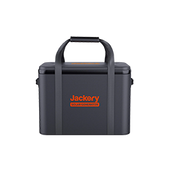
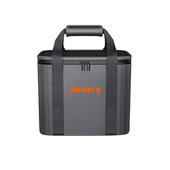

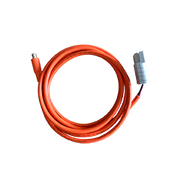
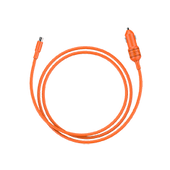
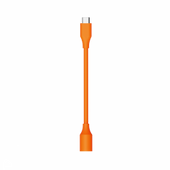
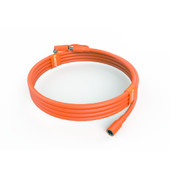


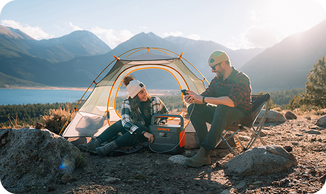
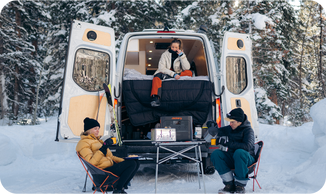
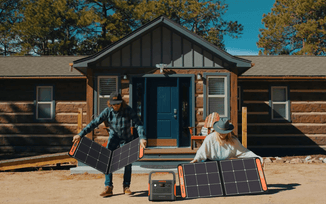
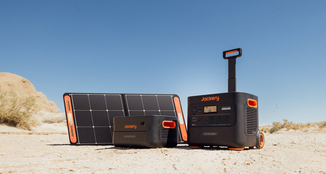
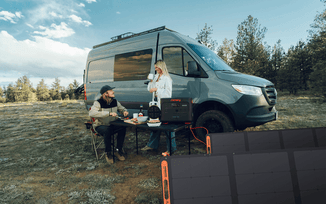
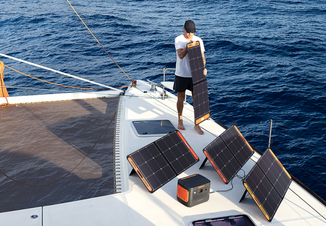

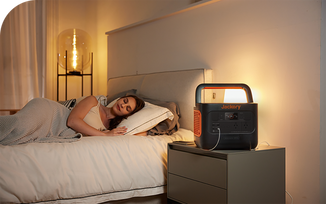

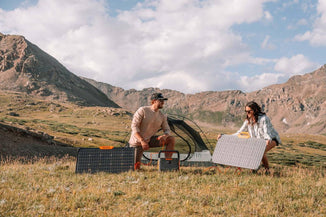
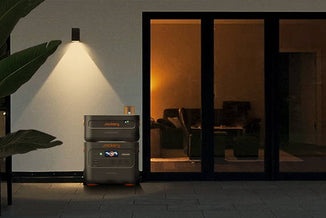

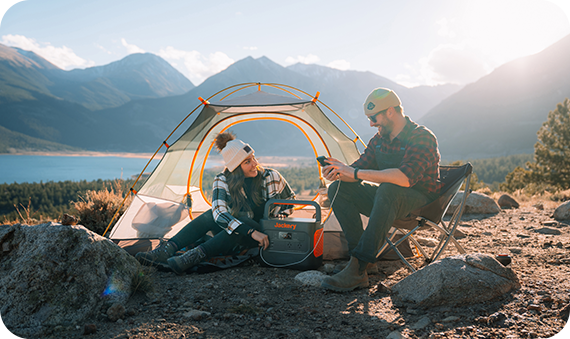
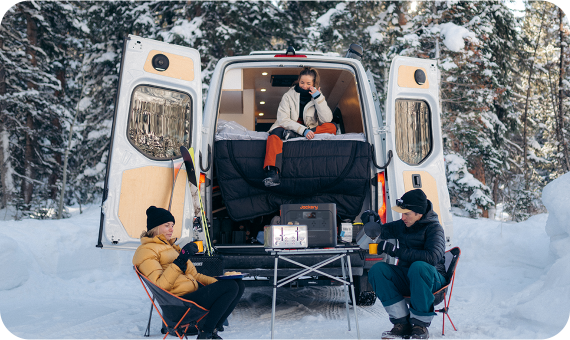
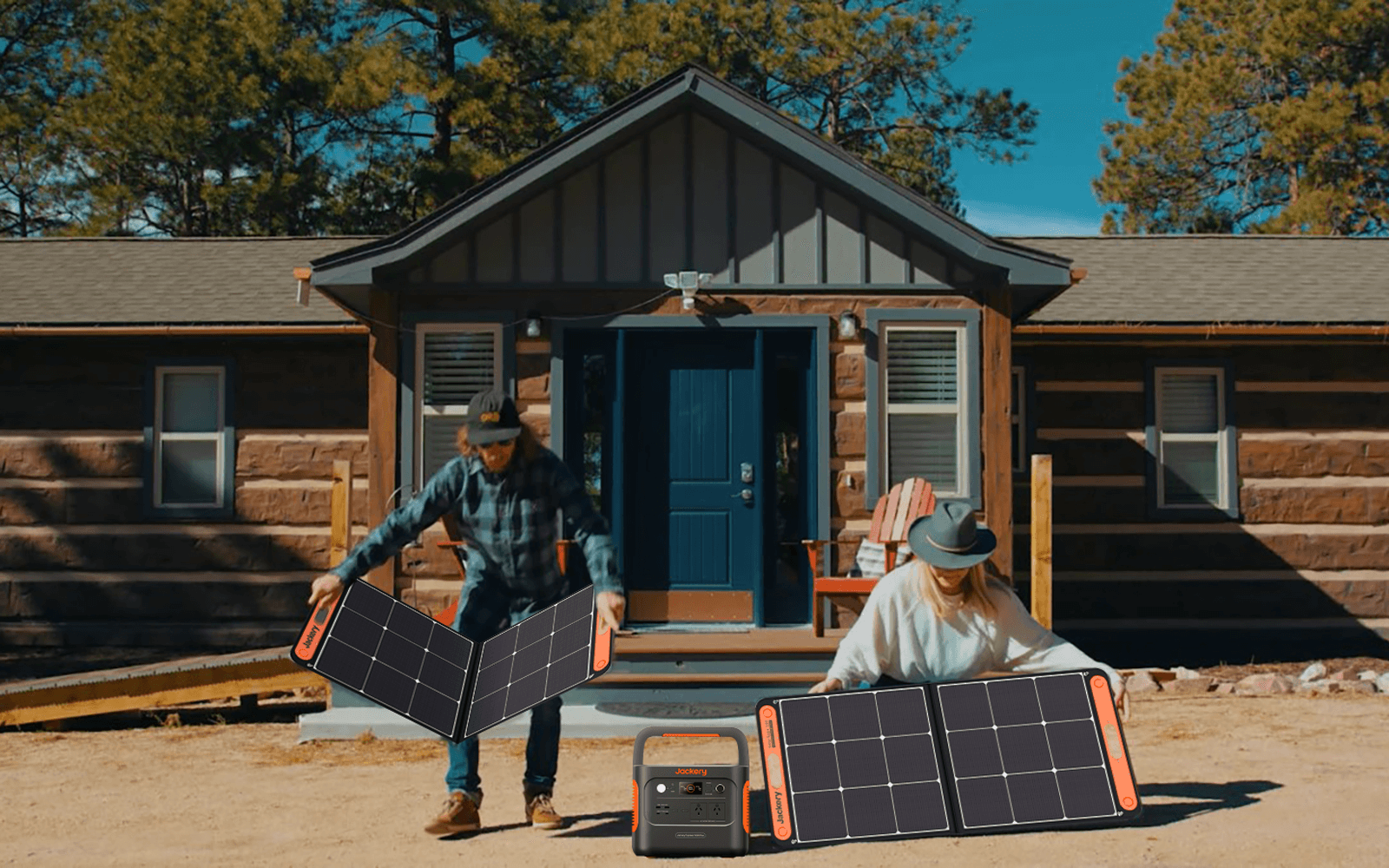
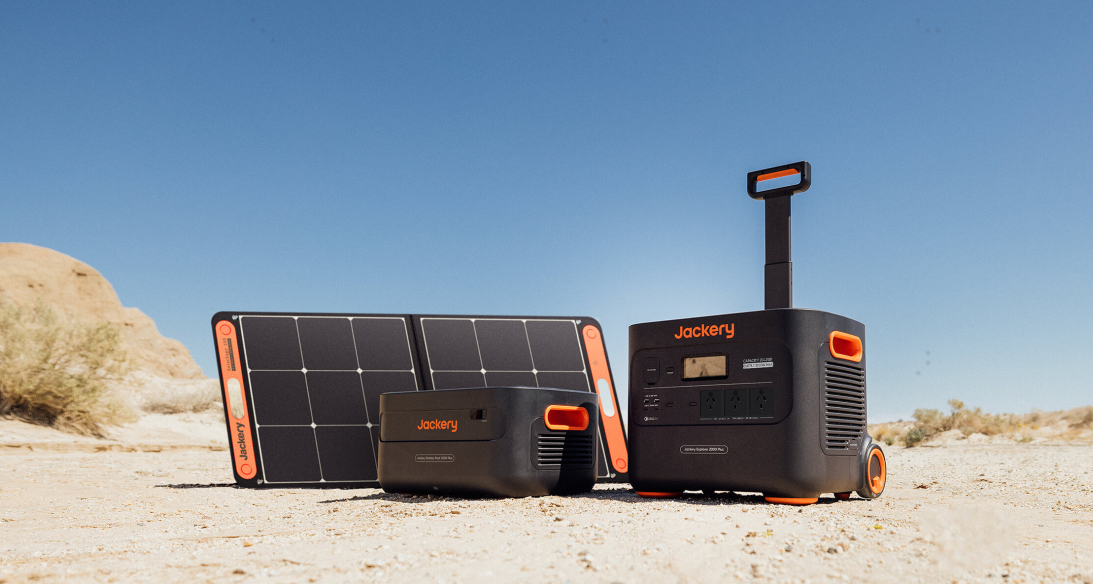
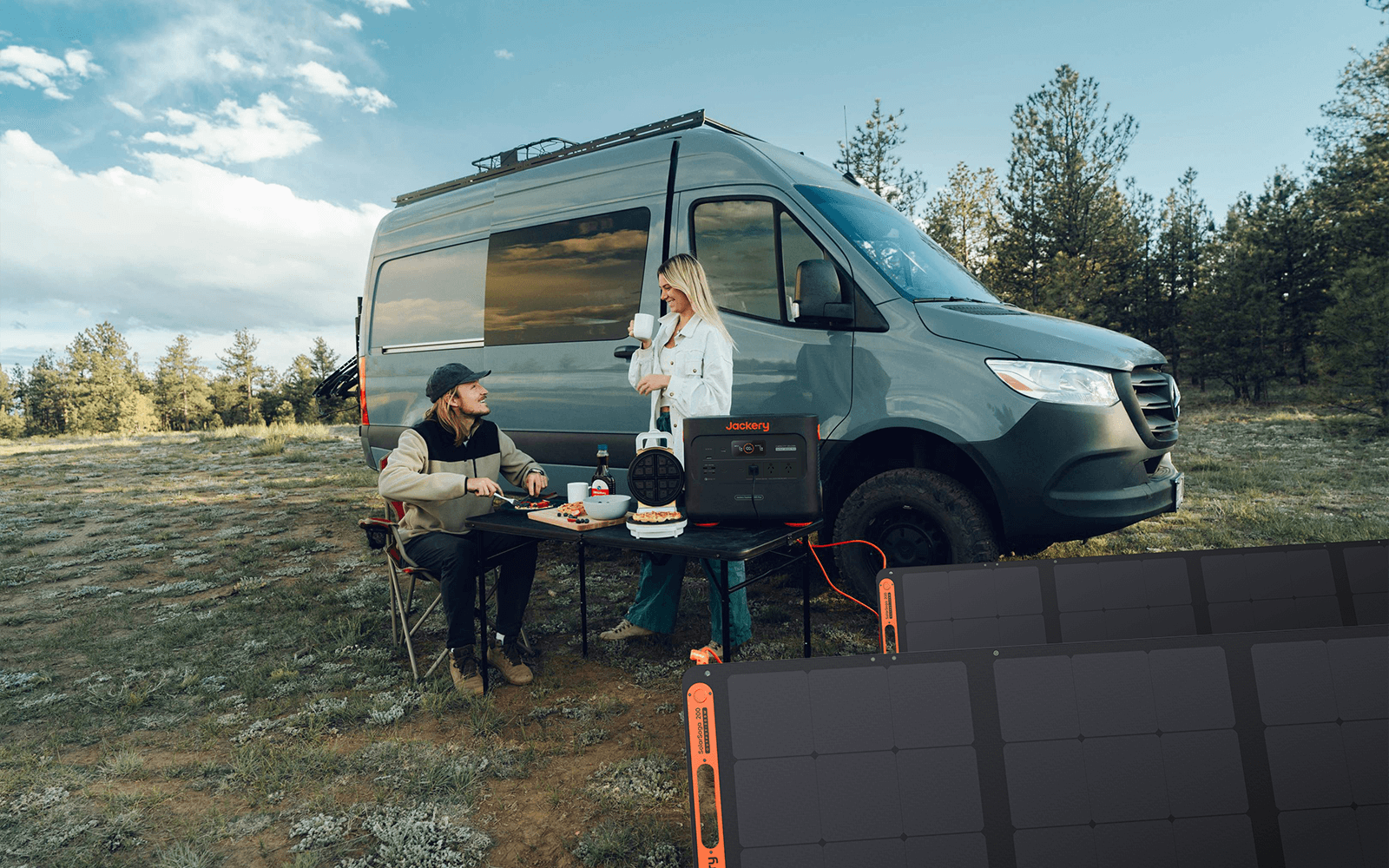
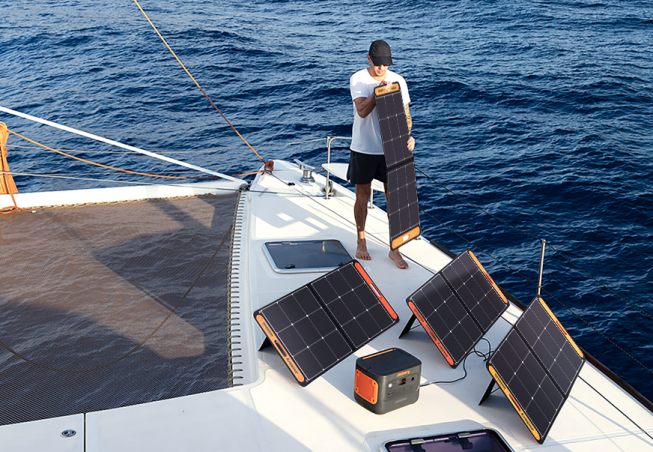

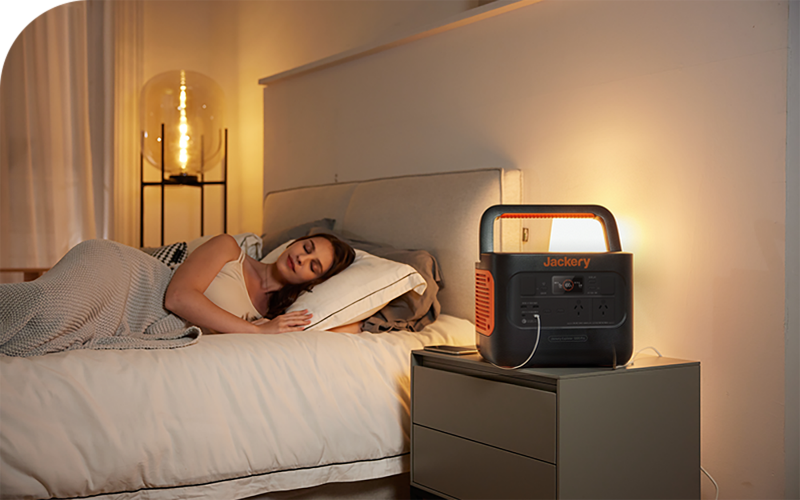

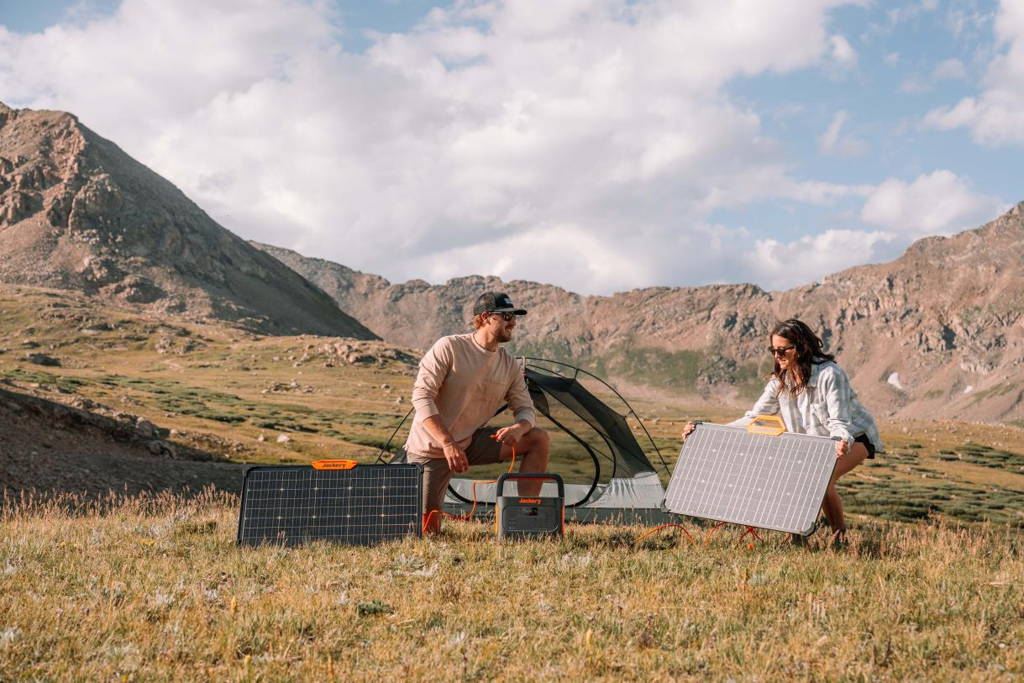
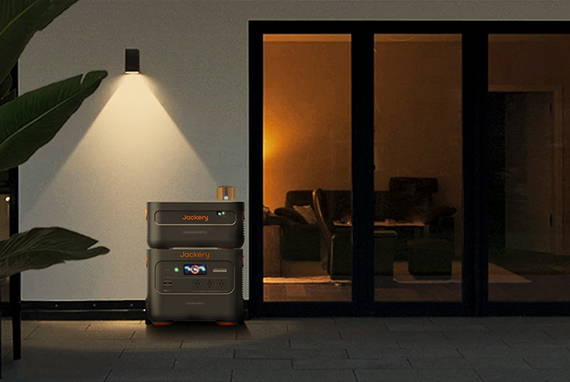

![Ultimate Guide to Winter Running Gear [PDF Checklist]](http://au.jackery.com/cdn/shop/articles/winter_running_gear_guide.png?v=1745286096)






